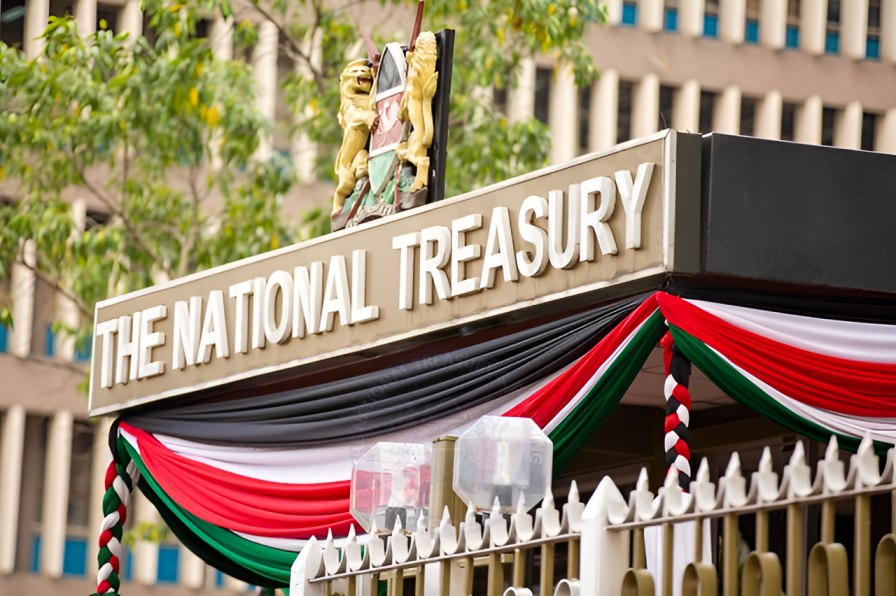Treasury imposes new transparency rules to reform PPPs

The circular demands that contracting authorities publicly announce the receipt of any PIP within 14 days.
The National Treasury has introduced tough new guidelines designed to restore trust in Public-Private Partnerships (PPPs) after a series of controversial infrastructure deals raised concerns among Kenyans.
On April 24, Treasury chief John Mbadi issued a circular detailing mandatory disclosure rules for all Privately Initiated Proposals (PIPs), aiming to end public mistrust caused by secretive negotiations.
The circular demands that contracting authorities publicly announce the receipt of any PIP within 14 days, including critical information such as the proponent’s identity, project description, estimated costs, and potential impact on stakeholders.
These announcements must appear in at least two nationwide newspapers and on the contracting authority’s official digital platforms.
"The National Treasury, government of Kenya, seeks to embed disclosure into its PPP process and in particular, the Privately Initiated Proposal process. This circular, therefore, enhances openness, transparency and accountability in the processing of PIPs," Mbadi explained.
These measures come after several high-profile PPP projects under President William Ruto’s government hit roadblocks.
Notable examples include the collapse of the Adani Group’s bid to manage the Jomo Kenyatta International Airport and the cancellation of several power transmission line contracts.
These setbacks sparked public outcry, legal challenges, and concerns over the viability of the PPP framework.
The circular instructs government agencies to provide a 21-day window for competing proposals, giving other interested parties the chance to present alternatives.
This move is expected to foster competition and improve project outcomes by ensuring that deals are not made behind closed doors.
According to the PPP Act of 2021, the PIP process involves three key phases: receipt and evaluation by contracting authorities, project development, and procurement design.
The new guidelines emphasize transparency throughout these stages.
While previous PPPs have been marred by mistrust, the Nairobi Expressway remains a standout success story.
This 27-kilometre highway connecting Jomo Kenyatta International Airport to Westlands has eased traffic congestion and cut travel time by more than two hours.
Encouraged by this success, the government is now focusing on other major PPP ventures, including the Rironi-Mau Summit highway and the Naivasha-Malaba Standard Gauge Railway.
Several energy and irrigation projects are also advancing under the PPP model, signaling the government’s determination to deliver critical infrastructure with greater transparency.
